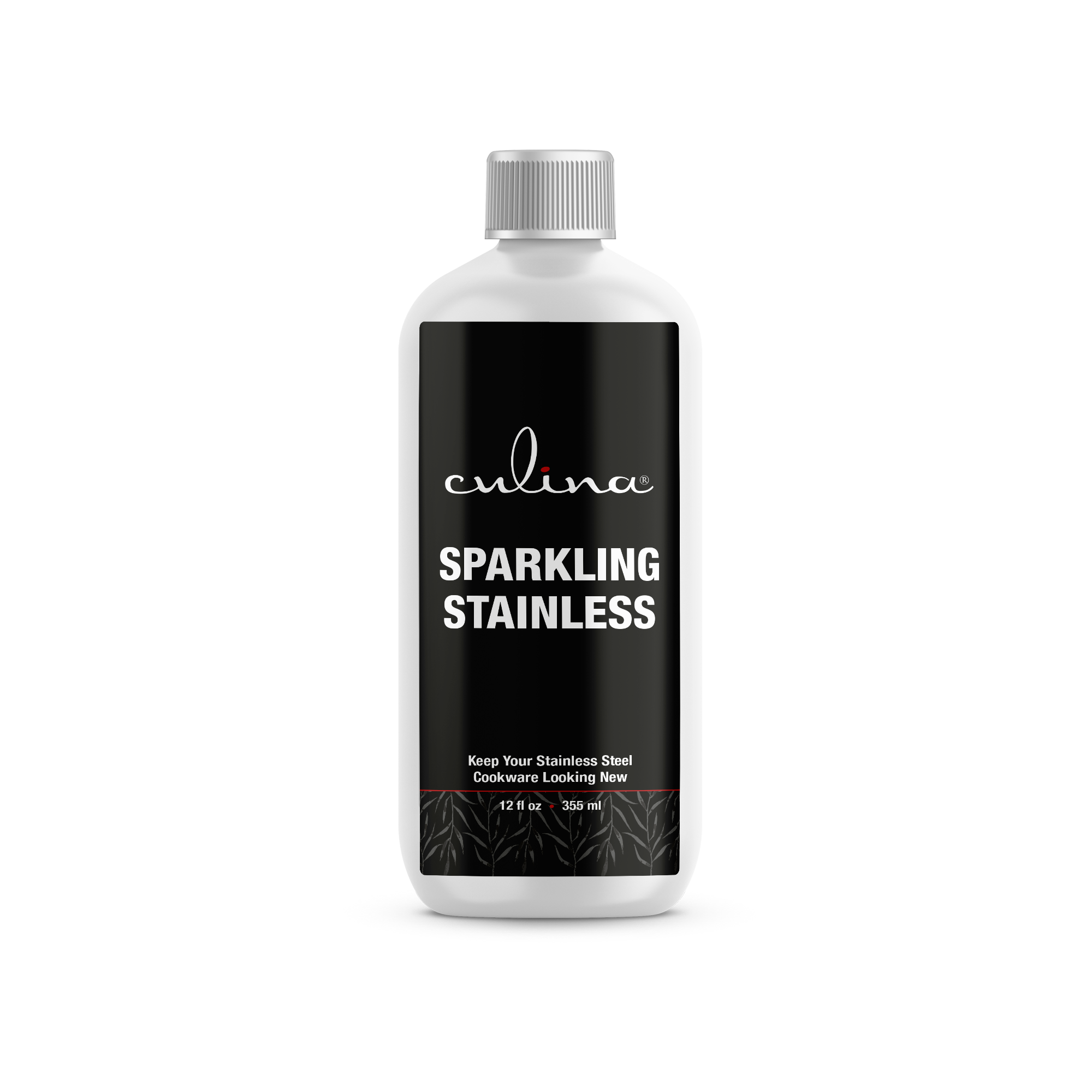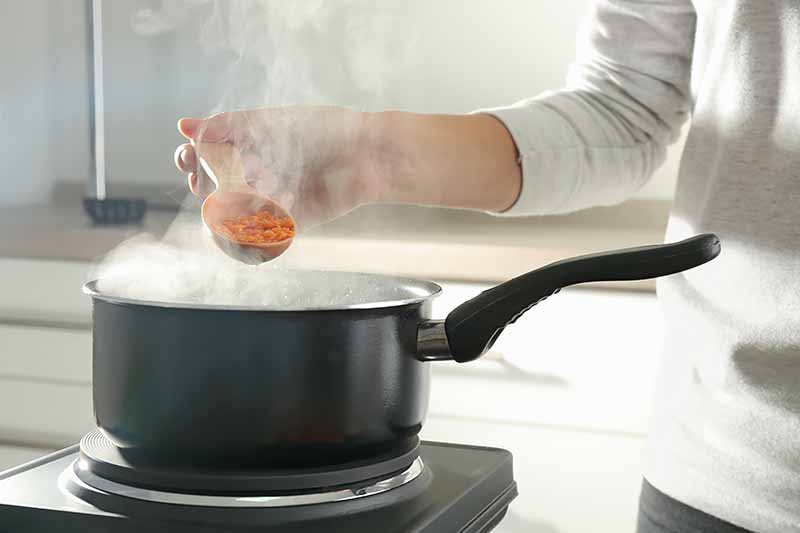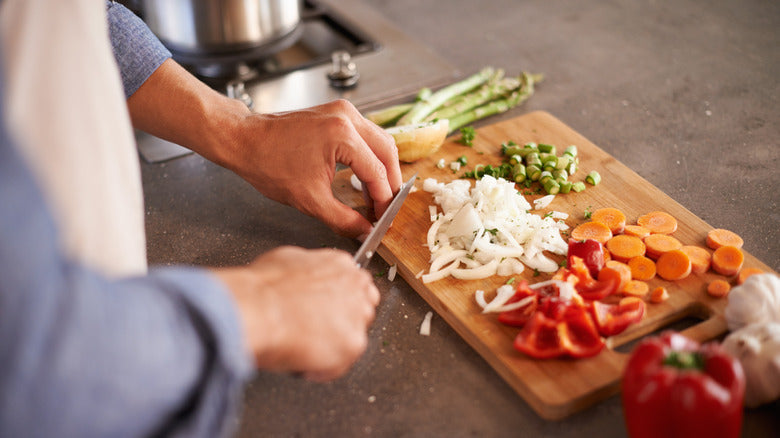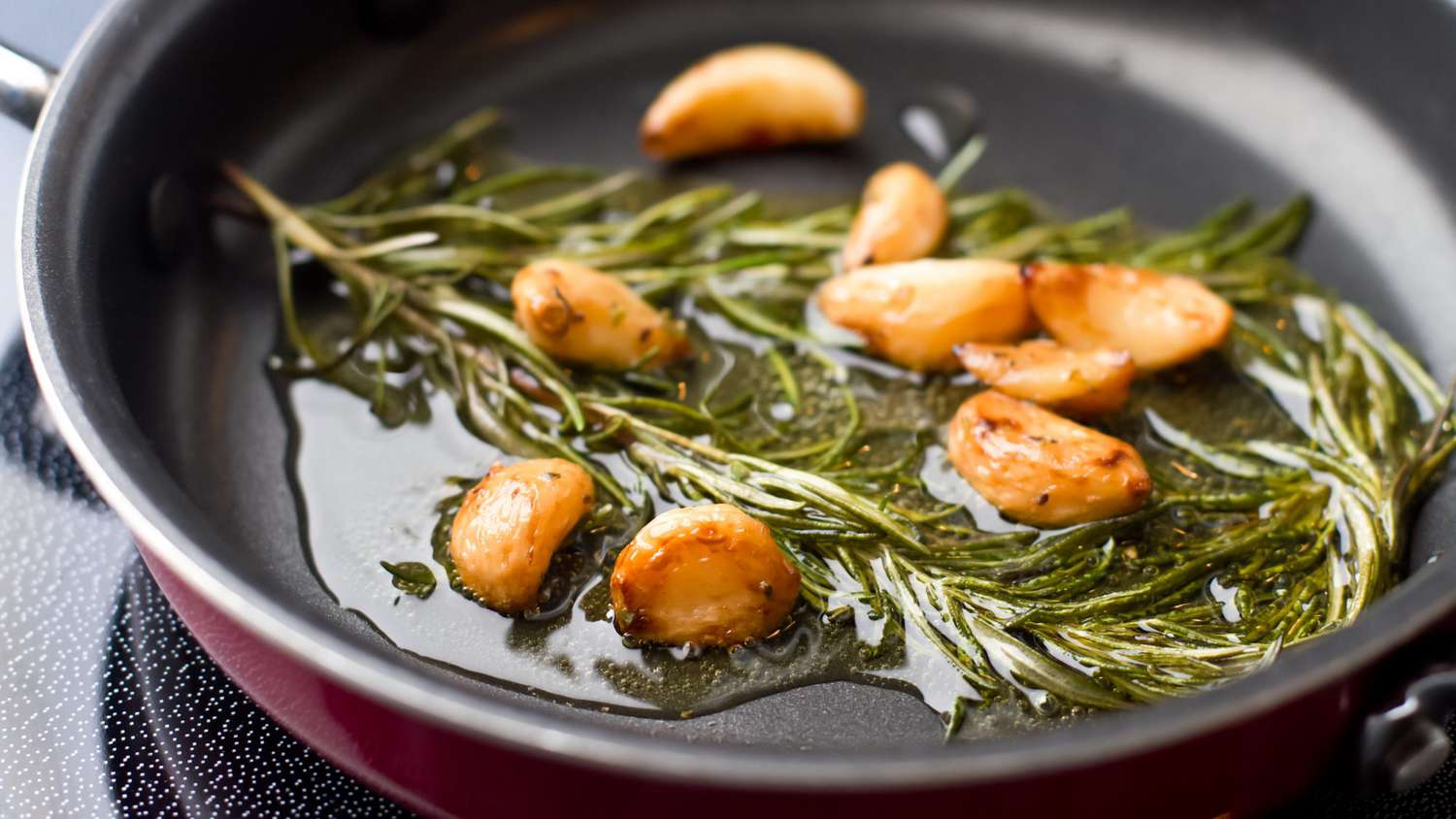Cleaning saucepan bottoms can often feel like a daunting task, particularly for kitchen professionals who rely on their equipment to maintain peak performance. The buildup of grime, burnt food, and stains over time can tarnish your culinary tools and hinder cooking efficiency. In this article, we delve deep into how to clean saucepan bottoms effectively, providing you with multiple methods suited for various types of stains and materials.
If youre dealing with stains on your fondest cooking companions, dont fret! We will cover techniques that range from basic household solutions to specialized commercial products. Lets get started on this journey towards sparkling clean saucepan bottoms!

The Importance of Cleaning Saucepan Bottoms
Why is it critical to clean the bottoms of your saucepans? For one, a clean saucepan distributes heat more evenly, leading to better cooking results. Additionally, this quick maintenance can extend the lifespan of your cookware. Stains can often cause your pans to become less effective, which is especially important in a professional setting where every second counts. Regularly addressing this issue means youll spend less time struggling with stubborn stains.
Common Stains Found on Saucepan Bottoms
Before we dive into specific cleaning methods, it helps to understand the common types of stains you might encounter:
- Burnt-on Food: This can happen when food is cooked for too long or at too high heat.
- Grease and Oil Residue: Common in any cooking environment, these residues often cling to surfaces.
- Discoloration: Older pans may develop discoloration from repeated use or from certain food reactions.
:max_bytes(150000):strip_icc()/__opt__aboutcom__coeus__resources__content_migration__simply_recipes__uploads__2020__02__HTC-White-Rice-Method-2-79b7400defdf4e08aacf9580cf44d87e.jpg)
Essential Tools for Cleaning Saucepan Bottoms
The first step in achieving clean saucepan bottoms is to gather the right tools:
- Scrubber Pads: Use non-abrasive scrubbers to avoid scratching the surface.
- Cleaning Solutions: Diverse options such as white vinegar, baking soda, and commercial cleaners are crucial.
- Soft Cloths: For drying and polishing after cleaning.
Method 1: Baking Soda Paste
A simple yet effective method to tackle tough stains involves making a paste using baking soda. Heres how you can do it:
- Start with a clean, dry saucepan.
- Mix equal parts of baking soda and water to form a thick paste.
- Apply the paste to the stained areas and let it sit for about 15 minutes.
- Scrub the surface gently with a non-abrasive scrubber pad.
- Rinse thoroughly with warm water and dry with a soft cloth.
Method 2: Vinegar Soak
For stubborn burnt-on food residues, vinegar can be a robust solution. Heres how to proceed:
- Fill the saucepan with equal parts of water and white vinegar.
- Bring the mixture to a boil and let it simmer for 10-15 minutes.
- Remove from heat and allow it to cool.
- Use a scrubber pad to gently scrub away the loosened grime.
- Rinse and dry the saucepan as described earlier.
For insights on more kitchen tips, refer to this hot chocolate recipe.

Professional Cleaning Solutions
For those who favor pre-made solutions, there are many commercial products available designed specifically for cookware:
- Bar Keepers Friend: This is a popular choice for stainless steel and copper pans.
- Cleansing Wipes: Pre-moistened wipes can be handy for a quick clean.
Method 3: Dishwasher Hacks
Did you know that some saucepans are dishwasher safe? This could be a time-saver:
- Check the bottom of your saucepan for dishwasher-safe symbols.
- Place the saucepan in the dishwasher along with your normal load.
- Use a rinse aid for enhanced cleaning.
- Once clean, inspect for any stubborn stains and follow up with a hand scrub if necessary.
Preventive Measures for Clean Saucepan Bottoms
Keeping your saucepan bottoms clean can be simplified through following some preventive measures:
- Immediate Cleaning: Do not let returns go unaddressed. Clean them immediately after usage!
- Use Proper Utensils: Avoid metal utensils that can scratch and damage the surface.
- Heat Management: Use low to medium heat to avoid burning food.
To learn about different saucepan sizes and their importance, check this size guide.
Conclusion
Cleaning saucepan bottoms efficiently is a crucial skill for any kitchen professional. Utilizing various methods and maintaining good practices can lead to the longevity of your cookware and enhance your cooking performance. Whether using a baking soda paste, vinegar soak, or professional solutions, your pots will shine once more.
For additional resources on saucepan usage and care, feel free to visit this helpful article.
FAQ Section
-
What is the best method to clean burnt saucepan bottoms?
Using a vinegar soak is often highly effective for burnt-on food. -
Can I use steel wool on my saucepans?
No, it is advisable to use non-abrasive pads to prevent scratching. -
How often should I clean my saucepans?
It is best to clean them after every use to maintain their appearance and performance.
As an Amazon Associate, I earn from qualifying purchases.






Leave a comment
This site is protected by hCaptcha and the hCaptcha Privacy Policy and Terms of Service apply.